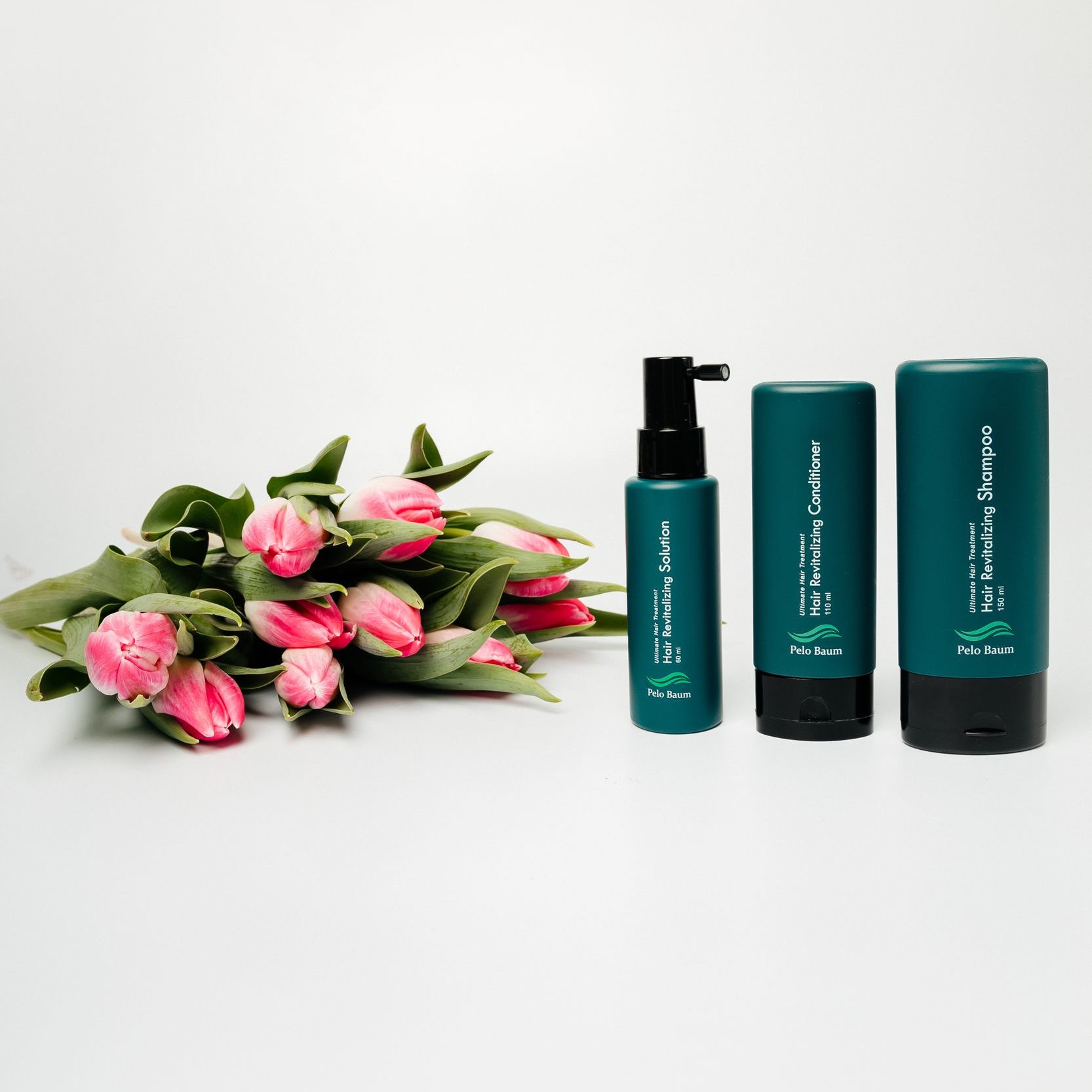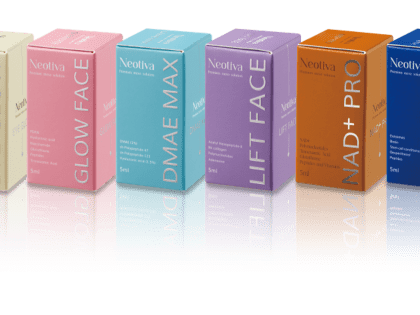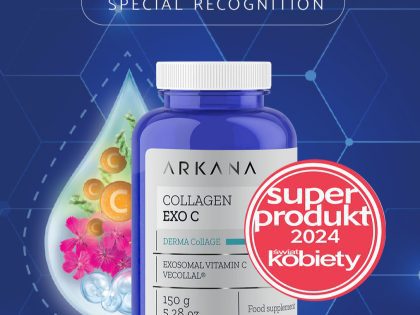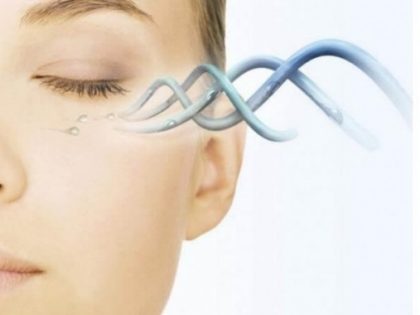Cosmetics with peptides
- Vitalitate
- Posted on

If you are interested in the beauty industry, you must have noticed that cosmetics with peptides are becoming more and more popular on store shelves. Peptides are most actively used in face care products: creams, masks, serums, etc. Peptides are regulators of cellular activity throughout the body, and cells produce them themselves, but with age this process slows down or is disrupted. And this is reflected in the functioning of the entire organism, because peptides are involved in everything – from appetite to libido, from the ability to fall asleep quickly to mood and performance.
Peptides are also called “information agents” – they bind to cell receptors, which perceive them as a signal and respond to it with “requested” changes. It is important to understand that not every peptide can bind to one or the other receptor. The process can be compared to putting together a puzzle, where only a few pieces fit together, and the peptides interact only with their appropriate receptors. There are different types of peptides in the human body, and they are grouped slightly differently by different scientific schools, but the following main types are generally distinguished:
- remodeling – the task is to restore the production processes of the components of the extracellular matrix (hyaluronic acid, collagen, elastin) and improve the microrelief of the skin. Example: Matrixyl;
- strengthening – the task is to strengthen the skin’s own defenses and help it withstand stress factors. Example: copper tripeptide GHK-Cu;
- antibacterial – the task is to increase the skin’s resistance to the negative effects of various microbes. Example: acetyldipeptide-3;
- muscle relaxants – the task is to disrupt the signal transmission from the nerve to the muscles, thus obtaining a Botox-like effect. Example: Argireline, SNAP-7, SNAP-8;
- immunomodulating – the task is to restore “correct” skin immunity. Example: Regin;
- stimulation of microcirculation and lymph flow – the task is to prevent swelling, improve the condition of blood vessel walls. Example: Acetyltetrapeptide-5.
As you understand, peptides solve a wide variety of tasks in cosmetics, and manufacturers are constantly researching, improving and developing new peptides. Currently there are about 600 of them.
Peptides are protein compounds that, like proteins, consist of amino acids (AA). But if proteins contain hundreds of amino acids, then in peptides there are from 2 to 50 of them, although according to some gradations, compounds containing up to a hundred (AA) can also be considered peptides. In general, the terminology in this topic can seem a little confusing: in fact, all amino acid compounds are peptides, but traditionally those that consist of hundreds (AAs) joined together in many small chains are called proteins or protein. Those same small chains of 2 to 50(AA) are what are called peptides. This word can often be found with a prefix indicating the number of (AAs) in the molecule, for example a dipeptide has two of them and a hexapeptide has six. Proteins also have another name – polypeptides, that is, polymers consisting of many peptides. In order not to get confused in the biochemical jungle, let’s focus on the most common division – when we talk about peptides, we mean a short chain, compounds with dozens of amino acids.
The existence of peptides was discovered in 1902 by Nobel laureate Emil Fischer. A couple of years earlier, he proposed that the amino acids that make up proteins have a special bond between them, which in chemistry is called an amide, its second name, proposed by Fischer, is a peptide. In very simple terms, this connection can be compared to a magnet or a structural assembly in which individual parts stick to others. The resulting small chain of parts – amino acids – is a peptide, and from these chains proteins are formed – this was Fisher’s thesis, which he soon proved, thus legitimizing the term “peptide”.
Currently, chemists have two types of peptides at their disposal. Natural ones are obtained by hydrolysis, chemical ones are obtained in a reaction between water and proteins, as a result of which the latter are broken down into hydrolysates – individual amino acids or several (AA) chains, which are peptides. Biomimetic peptides are simply assembled from amino acids as a constructor.
New biomimetic peptides are constantly being created in laboratories – as a rule, they have a more narrowly focused effect, allowing to solve certain tasks more precisely.
You can choose the optimal peptide preparations in our online store www.balticbeautyprof.com or by writing your question on our Instagram Baltic Beauty Prof. Beauty consultants will take into account individual factors and recommend the best products. And below, you can familiarize yourself with our selection of cosmetics with peptides, the effectiveness of which we trust 100%!
Pelo Baum hair care line.
Dermaheal, Purilux, Celltermi skin care cosmetic lines.
As well as professional injection preparations that help restore your natural beauty thanks to the peptides in their composition: Revofil Aquashine, Revofil, Prostrolane and Dr. CYJ Hair filler, CG Styler 600 (botox effect).




